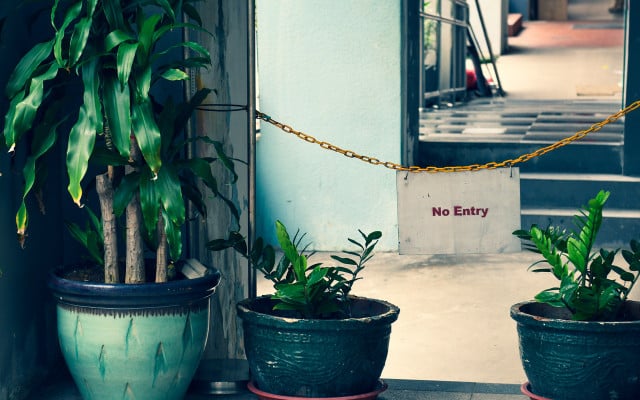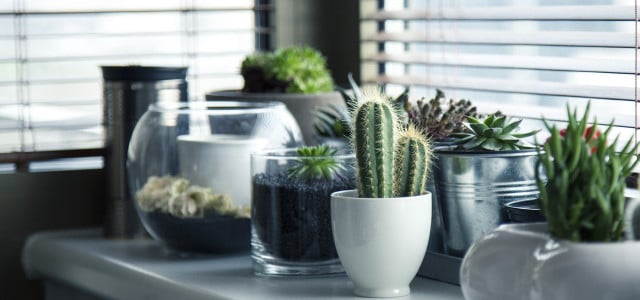Found white plant mold on your soil? Then better act fast. In this guide, you’ll learn how to deal with infested plants and why plant soil becomes moldy.
If you discover white deposits on your soil, more often than not, you are dealing with mold. If you live in an area with hard water, the white spots may also be lime deposits. Figure out whether you are dealing with white mold on your plant soil by taking a closer look:
- Lime is a white crumbly residue.
- Mold looks soft and fluffy.
If you’ve got moldy soil, act quickly to avoid spreading.
Causes of Moldy Plant Soil

There are several causes for white mold on your plant soil. In order to avoid reoccurring mold, it’s important to figure out the cause and counteract it.
The most common cause of moldy plant soil is overwatering. When the soil is constantly too moist (or even wet), mold makes itself at home. You can easily prevent that, by giving your plant less water. When it gets cooler, especially in the winter, you can also water your houseplants from below. Fill a bucket with water and immerse the plants about halfway in the water. When no more bubbles rise, the plant has had enough to drink. Another way to ensure your watering is consistent is to use a moisture meter (like this one on Amazon**).
Cheap, low-quality soil is more susceptible to mold than high-quality soil. Therefore, when buying potting soil, make sure to look for quality. If you have no idea what you’re looking for, just ask! Retail stores specializing in plants are an incredible (often underused) resource. That being said, even high-quality soil can form mold spores in the bag when there’s excess condensation. It’s best to store your soil in a cool, dark place.
Sometimes the environment is to blame for moldy plant soil. White plant mold appears more quickly in warm, humid areas. The easiest way to combat excess growth is proper ventilation. If you keep plants in your bathroom, read more about avoiding mold in your bathroom.
How to Fight White Mold and Save Your Plants



If you find white mold on soil, you should do something about it quickly, for a number of reasons. First, the infestation can weaken your plant and cause it to die — if you’re a plant lover, you know how devastating that can be! Secondly, the spores become airborne, which can be harmful to you. Allergy sufferers and people with weak immune systems may want to consider wearing protective equipment when dealing with moldy plant soil.
- If possible, move the plant outdoors to prevent further spread of the spores in the air. You should also open your windows and ventilate your home.
- Dispose of the infested soil completely — put it in a sealable bag and dispose of it in your household waste.
- Rinse the roots of the infested plant with warm water, just to be safe.
- Clean the pot with a hot mixture of vinegar and water. If there are still spores on the pot, even the fresh soil will soon become moldy again, so its best to toss the pot out.
- Fill the clean pot with fresh soil and place the plant inside.
Did You Know? Cinnamon helps fight minimal mold infestation. Sprinkle it generously on the moldy areas of the plant soil — it kills the mold spores.
After repotting, it is important that you avoid a new infestation. In order to prevent more mold, always air your rooms well, put your plants in bright places, and, most importantly, make sure that the soil is not too wet. Allow the soil surface to dry out well between waterings —this works even better if you lightly aerate the soil with a fork. You may also want to consider watering from the bottom instead.
This article has been translated from German by Karen Stankiewicz. You can find the original here: Blumenerde schimmelt: Ursachen und was du tun kannst
** Links to retailers marked with ** or underlined orange are partially partner links: If you buy here, you actively support Utopia.org, because we will receive a small part of the sales proceeds. More info.Do you like this post?






